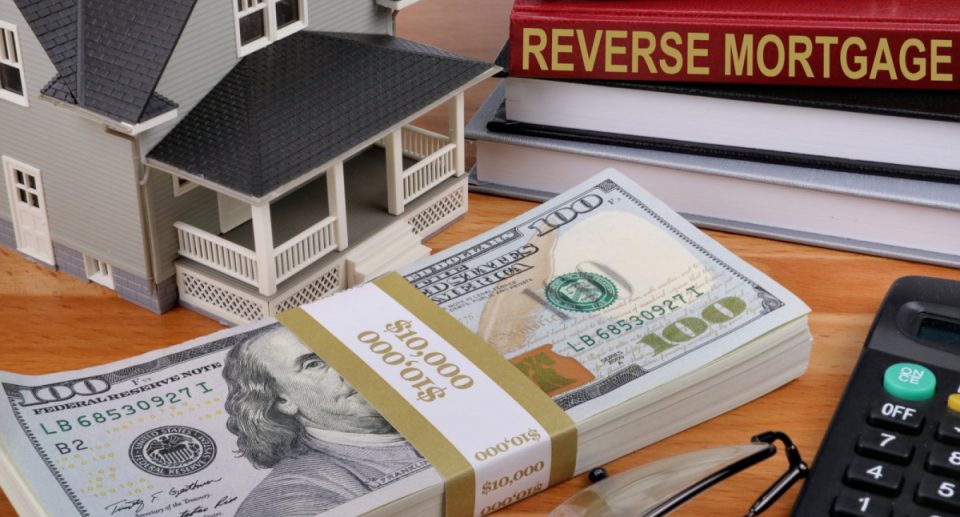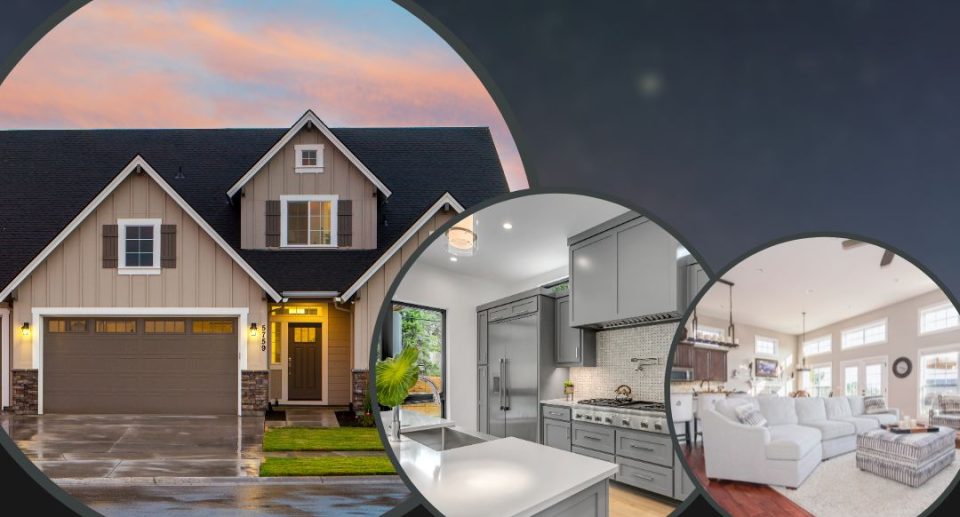How Does a Reverse Second Mortgage Work, and How Do You Qualify for One?
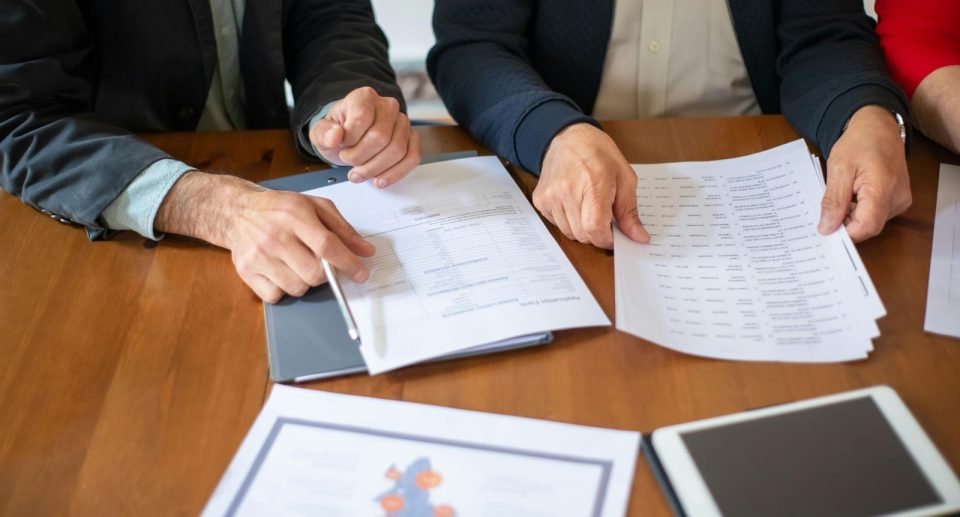
If you’re a homeowner looking to tap into the equity of your home but already have a reverse mortgage, a reverse second mortgage might be an option to consider. This financial product allows you to access additional funds, but it comes with its own set of rules and qualifications. In this blog post, we’ll explore how a reverse second mortgage works and the steps you need to take to qualify for one.
What is a Reverse Second Mortgage?

A reverse second mortgage is a loan that allows homeowners, typically those aged 62 and older, to borrow against the equity in their home, even if they already have a reverse mortgage in place. This type of mortgage is designed to provide additional financial support, especially for those who may have exhausted the funds from their initial reverse mortgage but still need extra income.
How It Works:

- Home Equity Conversion: Like a reverse mortgage, a reverse second mortgage converts a portion of your home equity into cash. This is done by using the remaining equity in the home after accounting for the balance of the first reverse mortgage.
- No Monthly Payments: Borrowers are not required to make monthly payments. Instead, the loan is repaid when the homeowner sells the home, moves out permanently, or passes away. The accrued interest is added to the loan balance, which grows over time.
- Accrual of Interest: Interest on the loan accrues over time, increasing the loan balance. Depending on the terms of the loan, the interest rate may be fixed or adjustable.
- Non-Recourse Loan: Homeowners or their heirs will never owe more than the home’s value at the time of repayment, even if the loan balance exceeds the home’s market value. This protects borrowers and their heirs from being financially overburdened by the loan.
Differences Between a Reverse Mortgage and a Reverse Second Mortgage
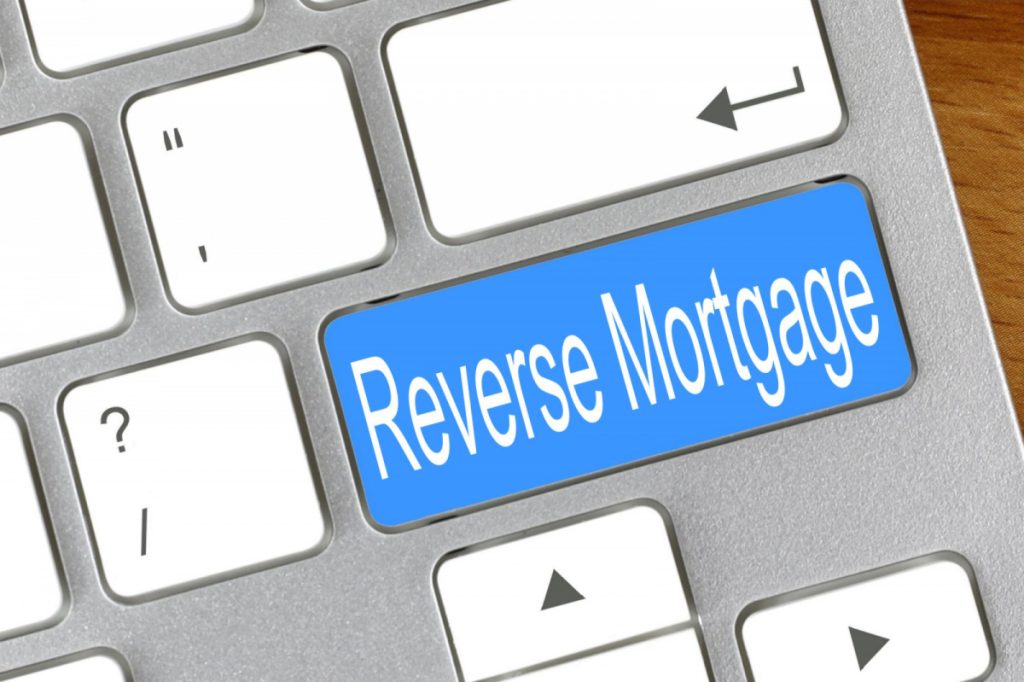
While both types of mortgages allow homeowners to access their home equity without monthly payments, there are key differences:
- Primary Mortgage: A reverse mortgage is typically the first lien on the property. In contrast, a reverse second mortgage is an additional lien that sits behind the first reverse mortgage in terms of repayment priority.
- Loan Limits: The amount you can borrow with a reverse second mortgage is often less than the initial reverse mortgage because the first mortgage takes priority and the available equity is reduced.
- Qualification Requirements: The qualifications for a reverse second mortgage may be stricter due to the increased risk to lenders. This includes a more rigorous assessment of the homeowner’s financial situation and the property’s condition.
How to Qualify for a Reverse Second Mortgage

Qualifying for a reverse second mortgage involves several steps and criteria. Here’s what you need to know:
- Age Requirement: You must be at least 62 years old to qualify for a reverse second mortgage. This age requirement ensures that the loan aligns with retirement income needs and goals.
- Primary Residence: Your home must be your primary residence, and you must live there for the majority of the year. Vacation homes and investment properties do not qualify for a reverse second mortgage.
- Existing Reverse Mortgage: You should already have a reverse mortgage in place. The reverse second mortgage is intended to supplement your existing reverse mortgage rather than replace it.
- Sufficient Home Equity: You must have enough remaining equity in your home. The lender will assess the value of your home and the amount of equity left after accounting for your existing reverse mortgage. Typically, lenders require that a substantial portion of the home’s equity is still available.
- Financial Assessment: Lenders will conduct a financial assessment to ensure you can meet ongoing property expenses, such as taxes, insurance, and maintenance. This assessment helps determine your ability to sustain homeownership without compromising the loan’s terms.
- Counseling Session: You are required to undergo a counseling session with a HUD-approved counselor. This session helps ensure you understand the terms and implications of taking out a reverse second mortgage. The counselor will discuss your financial situation, loan options, and alternatives to ensure you make an informed decision.
- Creditworthiness: While reverse mortgages don’t rely heavily on credit scores, lenders may still check your credit history to assess your ability to manage financial obligations. This includes reviewing any existing debt and your overall financial health.
- Property Condition: Your home must be in good condition. Lenders may require an appraisal to ensure the property meets certain standards. Any required repairs may need to be completed before the loan is approved.
The Process of Getting a Reverse Second Mortgage
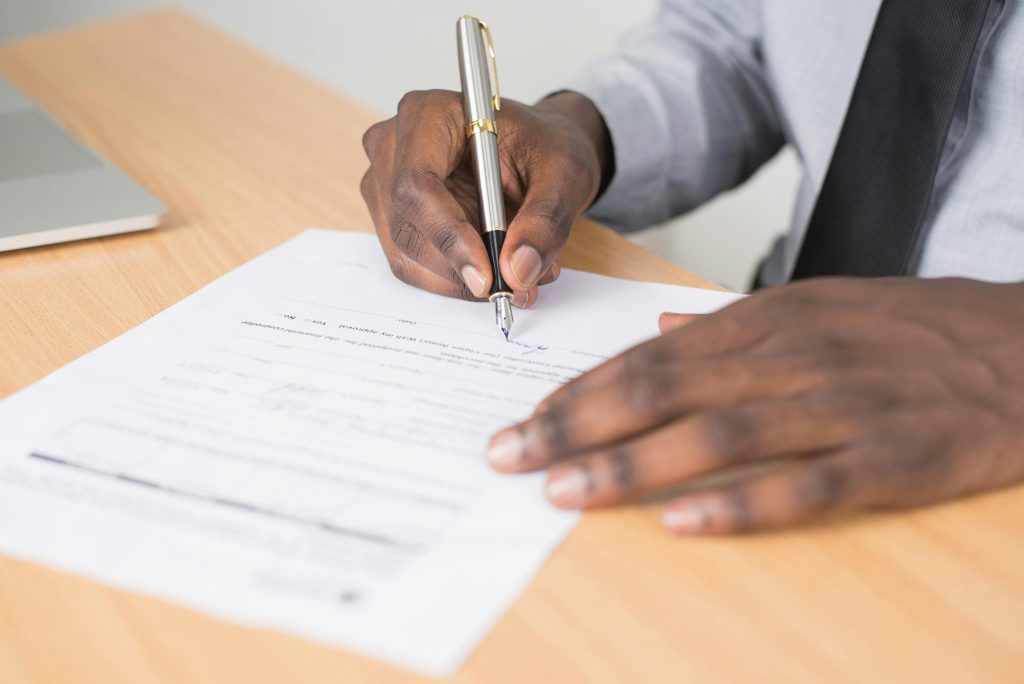
- Evaluate Your Needs: Determine why you need the additional funds and whether a reverse second mortgage is the best option. Consider consulting a financial advisor to explore all your options, such as refinancing your existing reverse mortgage or looking into other income sources.
- Choose a Lender: Research and compare lenders who offer reverse second mortgages. Look for reputable companies with experience in reverse mortgage products. Consider their fees, interest rates, and customer service reputation.
- Counseling Session: Schedule and complete the required counseling session. This step is mandatory and provides you with essential information about the loan. The counselor will ensure you understand the financial implications and responsibilities associated with a reverse second mortgage.
- Application: Apply with your chosen lender. Be prepared to provide information about your existing reverse mortgage, home equity, and financial situation. This includes documentation such as your current reverse mortgage statement, property tax records, and homeowner’s insurance policy.
- Financial Assessment and Appraisal: The lender will conduct a financial assessment and arrange for an appraisal of your home. This helps determine how much you can borrow. The appraisal ensures that the property value supports the additional loan amount.
- Approval and Terms: If approved, the lender will present you with the terms of the loan, including the amount you can borrow, interest rates, fees, and repayment conditions. Review these terms carefully and discuss any questions or concerns with your lender.
- Loan Disbursement: Once you agree to the terms, the loan will be disbursed. Funds can be received as a lump sum, line of credit, or monthly payments, depending on the agreement. Choose the disbursement option that best fits your financial needs and goals.
Conclusion

A reverse second mortgage can be a valuable tool for homeowners aged 62 and older who need additional funds beyond their initial reverse mortgage. Understanding how it works, the qualification requirements, and the detailed process is crucial to making an informed decision. Always seek advice from financial professionals and consider all your options before proceeding.

